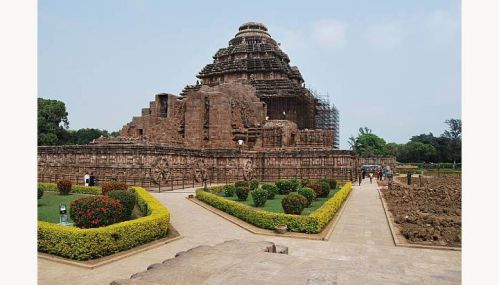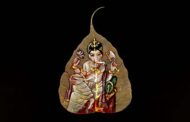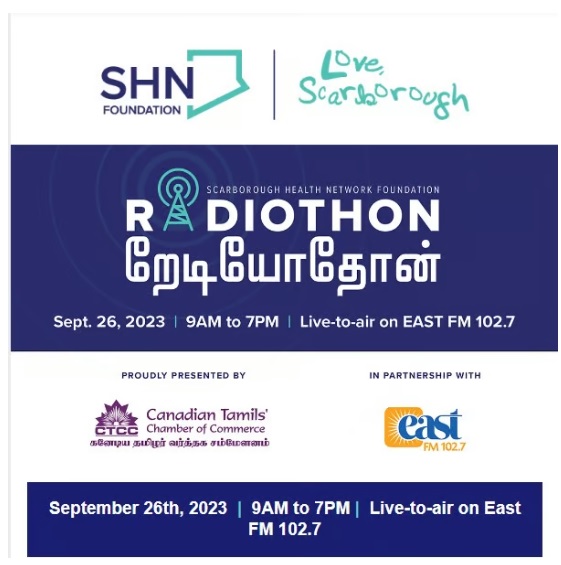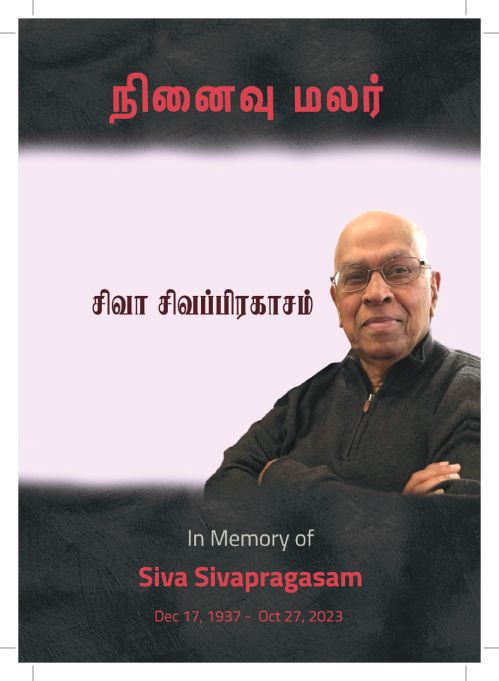Compiled by Kidambi Raj
INTRODUCTION
The name Konark is derived from the combination of two Sanskrit words, Kona (corner or angle) and Arka (the Sun). The Sun temple of Konark, Puri Jagannath temple and the Lingaraj temple of Bhuvaneshwar form a bilateral triangle and the Konark temple is one Kone (angular point of a triangle). This gives the word Kona the meaning in making that nomenclature. This temple is said to have been built by King Narasimhadeva I of the eastern Ganga Dynasty around 1250 CE. It is about 35 kilometres northeast from Puri on the coastline of Odisha, India. Hindu Sun God Surya and the nine planets (Navagrahas) are worshipped in this temple. Konark Sun Temple is depicted on the reverse side of the Indian currency note of Rs. 10 to signify its importance to Indian cultural heritage.
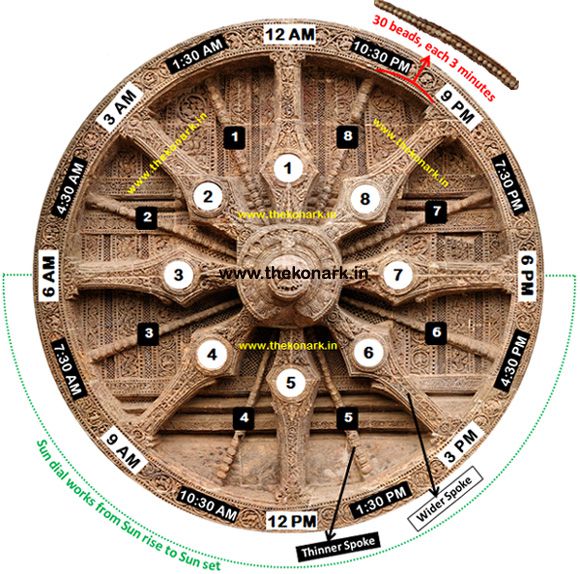
The temple in its present state was declared by UNESCO, as a World Heritage Site in 1984, although many portions are now in ruins. What remains of the temple Complex continues to draw not only tourists but also Hindu pilgrims. This temple stands as a classic example of Hindu temple architecture, complete with colossal structure, sculptures and art work on myriad themes.
OTHER MAJOR SUN TEMPLESIN INDIA
The Sun Temple in Gaya, The Modhera Sun Temple on the banks of Pushpavati river in Mehsana District of Gujarat, The Surya Pahar Temple near Goalpara town in Assam, The Suryanar Temple in Kumbakonam, Tamil Nadu, The Surya Narayana Temple in Arasavalli in Srikakulam Dist., In Andhra Pradesh, The Brahmanya Dev Temple in Unao near Jhansi in Madhya Pradesh, The Martand Sun Temple in Jammu and The Sun Temple in Gwalior.
ABOUT THE TEMPLE
The Konark or Konarak as it is also called, was built around 1250 AD, during the reign of the Eastern Ganga King Narasimhadeva I from stone in the form of a giant ornamented chariot dedicated to the Sun God, Surya. In Hindu Vedic iconography, Surya is represented as rising in the east and travelling rapidly across the sky in a chariot drawn by seven horses. He is described typically as a resplendent standing person holding a lotus flower in both his hands, riding the chariot marshalled by the charioteer, Aruna. The seven horses are named after the seven meters in Sanskrit prosody: Gayatri, Brihati, Ushnih, Jagati, Trishtibha Anushtubha and Pankit. Typically seen flanking Surya are two female who represent the dawn goddesses, Usha and Pratyusha. The Goddesses are shown as shooting arrows, a symbol of their initiative in challenging the darkness. The architecture is also symbolic, with the chariot’s twelve pairs of wheels corresponding to the 12 months of the Hindu calendar, each month paired into two cycles (Shukla and Krishna).
Sun Temple of Konark is renowned throughout the world for its stone sculptures. The temple was designed in the shape of a huge chariot drawn by 7 mighty spirited horses on 12 pairs (total 24 wheels) of gorgeously decorated wheels at its base. The size of the wheel is of 9 feet 9 inches in diameter and each one of them having 8 wider spokes and 8 thinner spokes. Out of these 24 wheels 6 are in either side of the main temple, 4 wheels are on each side of the Mukhasala and 2 wheels on each side of steps at eastern front. The huge wheels of the Konark Temple are one of the major attractions for visitors.
Various theories have been advocated regarding the significance of Konark wheel. According to some, the 7 horses represent the days of the week and the 12 pairs of wheels represent the 12 months of the year and the 24 wheels signifies 24 hours of a day and the 8 major spokes signifies praharas (three hour period) of a day. According to others, the wheels of the chariot have been interpreted as the Wheel of Life. They portray the cycle of creation, preservation and achievement of realisation. These 12 pairs of wheels may also possibly represent the 12 zodiac signs. Some also believe that the Wheel of Konark is the same as the Dharmachakra of the Buddhists – The Wheel of Karma, The Wheel of the Law.
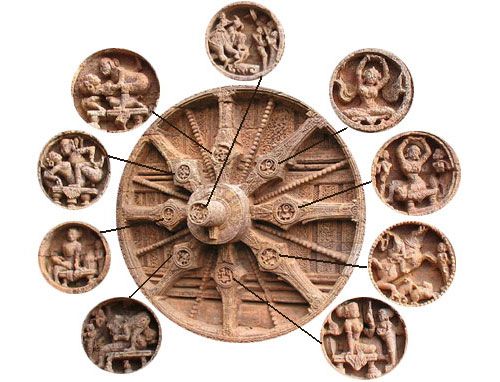
A tourist who visited the Konark temple had this to say: “I visited Konark temple several times. During my last visit, I hired anexperienced guide who explained me that the Konark wheels are used as Sun dials in ancient times to know the time of the day. He also explained me that out of these 24 wheels, 2 wheels will show you the time accurately from sun rise to sun set. When I asked about other 22 wheels, he told me that he is not sure about them but he will definitely explain me the technique to calculate the time using these 2 wheels. He took me to one of the wheel and put his finger at centre of the axel and I along with other tourists was surprised that the finger’s shadow showed the precise time of the day.”
The Konark wheel has 8 wider spokes and 8 thinner spokes. The distance between twowider spokes is of 3 hours (180 minutes). The thinner spoke between two wider spokes is of 1.5 hours (90 minutes). There are 30 beads between one wider spoke to the next thinner spoke and each bead represents 3 minutes. The Sun dial shows time in anti-clockwise and the top centre wider spoke represents 12 PM (midnight).
SUN GOD AND KONARK TEMPLE
There are three images of the Sun God at three different sides of the temple. These three images of the Sun God are positioned in such a way to catch the rays of the sun at dawn, noon and evening. In the Vedas, Surya is conceived as an unified manifestation of the Brahmanical Trinity.
- the Morning Sun being identified with Brahma, the creator;
- the Mid Day Sun with Maheswara, the destroyer and
- the Evening Sun with Vishnu, the preserver
Pravhata Surya – Morning Sun – The Creator
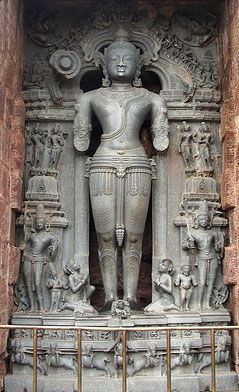
The First image of Sun God on the Southern side wall called Mitra is described as the Pravhata Surya (Morning Sun or Rising Sun). As the plan of the temple slightly makes an angle with the cardinal directions, the image of the south, is flooded with the rays of the morning-Sun and is therefore significant for its expression of youth and activity, justifying the description of Pravhata Surya. It is decorated with typical set of ornaments on the arms, neck and in the ears. The head-dress is also typical. The waist band is provided with tassels hanging down from it. This is called the avyanga (waist band) and is the Indianised form of Aiwiyonghen the secret waist girdle of the Iranians. The drapery, reaching up to the knee, is wonderfully carved. The hands of the statue holds two full bloomed lotuses, one of which still exists above the right hand of the figure. It is also decorated with the figures of seven horses driven by Aruna, the charioteer of Surya, sitting near the feet of the statue with the reins of the horses in his hands.
Madhyanha Surya – Mid Day Sun – The Destroyer

The second image of Sun God on the Western side wall called as the Madhyanha Surya (Mid-day Sun), standing with full vigour and personality. Decoration of the panel, ornaments and drapery used, the presence of King and Queen, the seven horses and the figure of Aruna are almost similar to the Pravhata Surya (Morning Sun) who also wears boot.
Astachala Surya – Evening Sun – The Presever

The third image of Sun God on the Northern side wall called as the Astachala Surya (Evening Sun or Setting Sun). The figure brings out beautifully the tired expression which is the result of a hard day’s work, when all the other horses are completely tired, he is any how completing his journey by riding on the back of the last horse who is also found to be stooping with its folded legs.
ARCHITECTURAL FIGURESAT KONARK SUN TEMPLE
King Narasimha Deva I’s desired temple was built in the form of a huge Ratha (chariot), having twelve pairs of wheels exquisitely carved out in the northern and southern sides of the plinth masonry and drawn by a team of seven spirited horses, speeding as if through the heaven.
Royal Guard of Konark – Lion upon Elephant upon Man
The eastern gateway which is the main entrance to the temple compound, is decorated with Gajasimha (Lion upon an elephant) images, with outward faces, installed on two high stone benches on either side of the passage. According to Hindu mythology, the lions represent the pride and elephants represent the wealth and both of them kill the human. The entire figure is made out of one piece of stone.
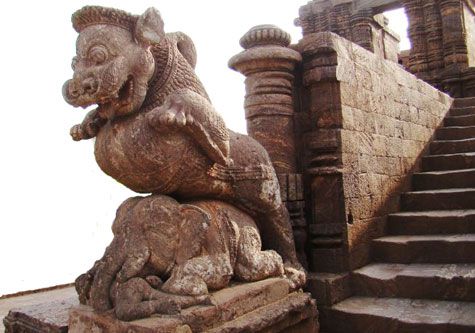
Great Wheel of Konark
The entire temple is made in the form of huge chariot of Sun God with 24 wheels (12 pairs). The Konark wheel is primary attraction of the temple. The wheels of the chariot have exquisitely decorated around their axles and peripheries. The art work of every wheel is different. The wheels of the chariot are also symbolic and have been interpreted as the Sun Dial.
War Horses of Konark
There are two gorgeously carved war horses in front of the southern side of the temple. They are each 10 feet long and 7 feet high. The sculpture depicts each of them with its massive strength and energy crushing down the warrior. This figure of war horse has been accepted as the symbol of the State Government of Odisha and her former martial glory.
Elephants of Konark
The figures of elephants which had originally stood on the side walls of the flight of steps at the northern and southern sides of the Jaganmohana (assembly hall of the people), were found amidst the mass of debris. They were however installed in masonry platforms nearer to the compound walls facing the main temple, but in fact, they were supposed to face outwards to welcome people coming in.
Seven Horses of Konark
The entire temple structure is made in the form of a huge chariot with 24 wheels and pulled by a set of seven galloping horses (4 on the right side and 3 on the left side). The representation of these seven horses has been explained in different ways by many:
- The seven horses that pull the sun temple towards the dawn, represent the seven days of the week.
- The seven horses, have been named in Bhagavad Gita as, Gayatri, Usnika, Anushtubha, Brihati, Pankit, Trishtibha and Jagati which stand for the rhythmic representation of the sacred verses of the Vedas.
- The seven horses at Konark are the seven colours visible in a rainbow – VIBGYOR. The seven horses are therefore named after these seven colours: Sahasrara (violet), Indra-nila (Indigo, Nila (Blue), Haritaha (Green), Pita (yellow), Kausumbhaha (Orange) and Rakta (Red).
NINE PLANETS (NAVAGRAHA) TEMPLE AT KONARK
Navagraha Temple (Nine Planets’ Temple) is located just outside the Sun Temple compound. It houses a huge chlorite slab, 20 feet (6 metres) long, four feet (1.2 metre) high and 7 feet (2 metres) deep with idols of nine planets made with black chlorite stone and richly ornamented. This stone slab was originally set above the temple’s ornamental doorways (Jagamohana) is now kept inside the Navagraha Temple.
Sun, Moon and Mars
Surya(Sun) stands on a vechile of seven horses and holds two lotuses in his both hands.
Chadra(Moon) rides on a swan and carries discs of moon in his left and right hands.
Mangala(Mars) being the warlord, holds a kattara(cutter) in his right hand and in the left, several human heads, in the act of devouring. His vehicle is a goat.
Mercury, Jupiter and Venus
Budha (Mercury) sits on a lotus and he holds in his two hands a bow and an arrow.
Brihaspati (Jupiter) being the highest of the priests of the Devatas, has a flowing beard and holds a rosary and Kamandalam in his hands, but he has to be seated either on a frog or on a skull, instead of a lotus.
Sukra (Venus) is said to be the priest of the Asuras (demons). Excepting the blindness of one eye, his icon is more or less correctly shown.
Saturn, Rahu and Ketu
Saturn (Sani) rides on a tortoise and holds a rod in his hand, instead of sitting on a lotus.
Rahu (Ascending Node) has only the upper half of the body. Two of his canine teeth are projecting from his upper jaw, to represent him as a monster and a fierce aspect of the Sun and the Moon. He is found holding the Sun in one hand and the Moon on the other.
Ketu (Descending Node) is the last one in the group. His upper part is similar to others, but the lower is formed of the body of a serpent coiling around. He is to hold the noose of the snake in one hand a sword on the other.
This article was first published in the May 2021 print issue of Monsoon Journal.





